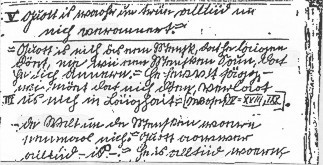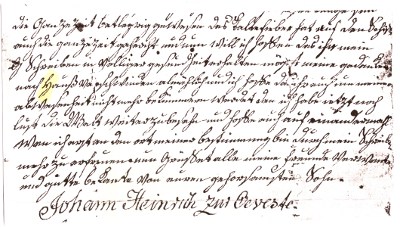

See his letters on this website.
| Antonius Holtmann: | No Masterpiece or : How "Liwwät Böke" Was Adorned With Borrowed Plumes (2012) |
Liwwät Böke
was not “a dominant early
The “Pictures from My Childhood” (167-183)
are copies of Bernhard Winter’s drawings, published in 1913.
The “Translations of Ancient German Poetry”
(194) are taken from an anthology edited by Walter Killy in 1969.
“Baltimore
- Those Who Were Indentured” (51) was first written by Gottlieb
Mittenberger in 1756.
“A History of Christopher Columbus” (195) was stolen from Washington
Irving in German (1828), in this case from a book for youth, published about
1900.
“The Beginning of the World” (194) has been written by Joachim
Heinrich Campe, published in 1830.
The “Low German Catholic Catechism” (194)
was not “transcribed from earlier handwritten copies made in 1545 and 1667” (Luke
Knapke). The model of this word-for-word and drawing-for-drawing plagiarism and
Low German translation is the “Katholischer Katechismus der Bistümer Deutschlands”
(Catholic Catechism by the Bishoprics of Germany), published in 1956.
The “Map of the Weser and
“Our Passage to
“My Early Life” (53-60) contains many passages that are
written in very poor grammatical High German, dated in 1835. The “Domschule” did not exist in Osnabrück,
and there was no “training as a midwife for three years” in this fictional
school. The Benedictins never managed the monastry “Kommende Lage”: only one
Monk (and no “Abbot”!) managed the Lage parish. In 1811, the Kommende of the
Knights of St. John of Jerusalem was secularized, the year when “Liwwät” wants
us to believe that she attended their school with its four teachers. In truth,
there was only one secular teacher who instructed more than 100 children in a
single room.
In “Low German Prayers for Children” (195)
“Liwwät” uses the German word “Kino” (cinema). However, the first cinema
performance ever, came to pass in
“Tensions with Brunner” (195) includes philological
information about the difference between the Low German dialects of Damme and
Gronau in north-west
“Liwwät Böke’s” Handwriting (last not least): From 1820 (13 years) to 1880 (73
years) she makes use of the German Sütterlin-script (20. century) and not of
the German running hand (Kurrentschrift) of the 18. and 19. century, without
any alteration.
 | "Plattdütsken
Katechismus" (Low German Catechism) |
 | Excerpt from a letter of the Emigrant Johann Heinrich zur Oeveste (1834). See his letters on this website. |
All these writings and drawings are forged and
/ or plagiarized.
This corrective
and more are available on the website of the Research Center German Emigrants
in the
| [HOME] | [GERMAN] | [DATA PROTECTION] |
| Research Center German Emigrants in the USA: DAUSA * Prof.(pens.) Dr. Antonius Holtmann Brüderstraße 21 a -26188 Edewecht - Friedrichsfehn *Kontakt: antonius.holtmann@ewetel.net | ||